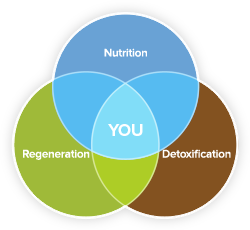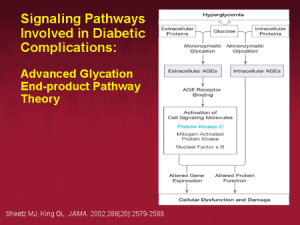The First Step…
“The journey of a thousand miles begins with one step.”– Lao Tzu
I love running. About 6 years ago I was invited to participate in a 5K. The very best thing about running is that anyone can do it, and everyone is welcomed, young or old, fast or slow. And, when you cross the finish-line, get this, even if you don’t win, they cheer for you! It’s truly the best sport ever! I was hooked. Two years later I completed several more 5K’s, a half-marathon, a full marathon and a 30-miler.
In running it’s not so much about getting to the finish line, as much as getting to the start line. There’s a lot of preparation and training that takes place before you step out onto the course, but you still have to actually start. So this blog is our “start line” in a lot of ways, and we’d like to invite you to join us. It’s our way to share our experience and research in seeking optimal ways we may nourish our bodies, move our bodies, and detoxify our bodies, to be the best we can be. It’s an ongoing process, ever evolving, but let’s just start with that first step…
No matter where you are on your journey toward optimal health, sugar always seems to be an issue. I wish it weren’t, but for so many of us it is, so let’s just start there. I can go weeks at a time without any sweets or added sugar to my diet, and blam! There’s a luscious homemade apple pie. Or it’s Easter and those darn, malted milk ball eggs are so pretty and shiny and perfect to pop in your mouth! Sugar is like the Trojan Horse of the food world, it makes a great presentation, and beckons you to let it in, then WHAM! in the middle of the night, all those soldiers sneak out and destroy!
So, what does happen?
Anyone who has spilled a glass of soda or let a popsicle melt and drip on their fingers can tell you sugar is sticky! Once inside your body, sugar bonds to proteins in a process called glycation. Glycated tissue is tough and inflexible, creating wrinkles, hardening of your cells and organs. During the process of glycation, Advanced Glycation End products form, which have an apt acronym, AGEs. AGE’s cross-link to normally mobile proteins and pliable organs, the destructive implications of which are vast.
Research over the last 20 years has implicated AGEs in most of the diseases associated with aging. The reason diabetics suffer from organ ailments earlier than most people is that their raised blood sugar level produce greater glycation. AGE products are involved in the formation of atherosclerotic plaque and directly damage the endothelial cells increasing risk of high blood pressure and stroke. Biopsied brains of Alzheimer’s patients show a high concentration of AGEs compared to normal brains.
Look at the end result in the above chart- “altered gene expression. Altered protein function… Cellular Dysfunction and Damage”





